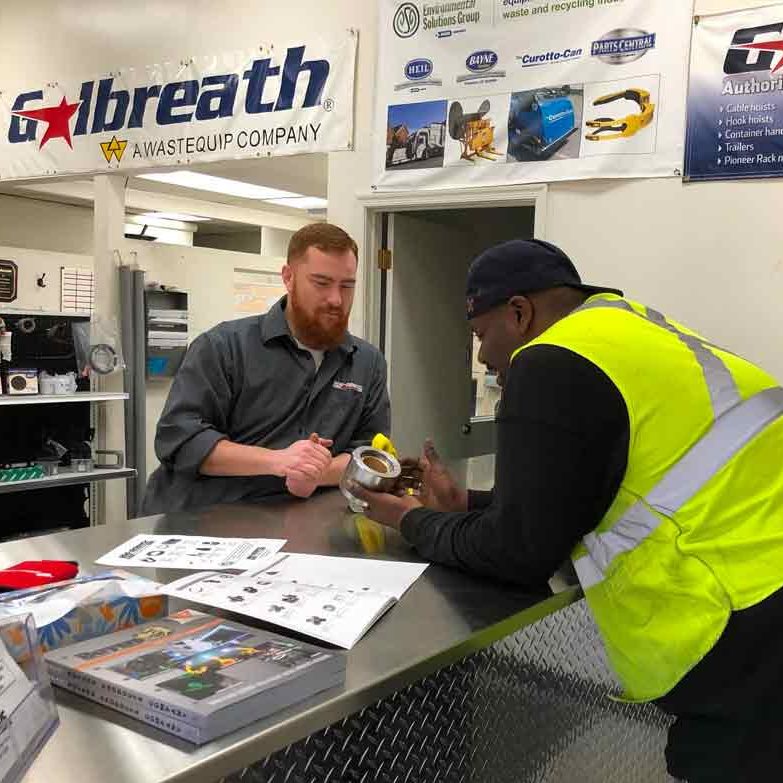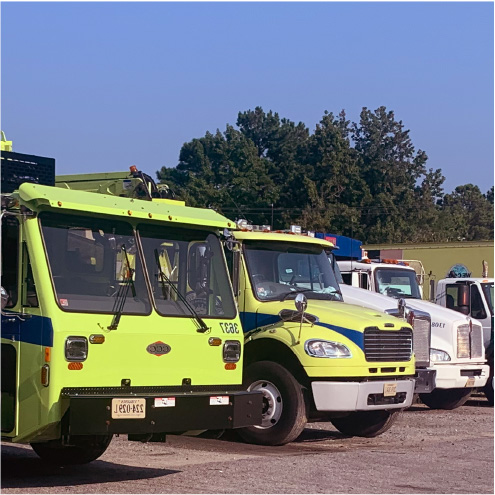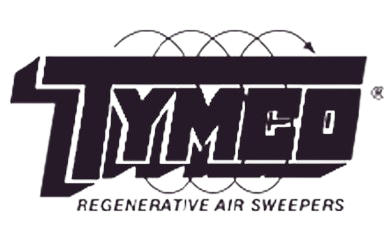
Cold weather is here and sweeper operators need to keep freezing temperatures in mind. Whether you’re shutting down your sweeping operation for the winter or trying to squeeze some extra work out of your machines during the winter months, you need to properly prepare your equipment for the cold. And your main concern should be the water used in your sweeper.
We recommend sweepers stop using water in their sweepers by late November or certainly at the first freeze. Typically water won’t freeze in the tanks over one night, however, if temperatures drop below 30 degrees F at night and don’t warm back up during the day freezing can happen quickly, expanding the water and cracking the water tank. The same can happen to pumps, the most common victim of overnight freezing.
The first step in winterizing your sweepers is to drain all the water from them. This can be done at the main dump valve, and using the air purge options many Tymco sweepers have.
Several other tips for overwintering include:
- Don’t leave material in the hopper. You suck up water with the debris and dirt and if that water freezes in the hopper it can crack it.
- Put anti-freeze in the water system. In a Tymco 600 street sweeper, for example, the water tank holds 325 gallons of water. Drain the water and put in 2 gallons of anti-freeze in the tank, turn the pump on and circulate it through the whole water system, As soon as the anti-freeze starts spraying out the nozzles, shut the pump down and leave the anti-freeze in the system. We recommend using only approved, environmentally friendly anti-freeze such as RV anti-freeze in the sweeper and in leaving the anti-freeze in the water system all winter.
- Steam clean the hopper. Do this both inside and outside the machine. Dirt contains a lot of moisture and the sweeper will rot from the inside out. It won’t happen in just one year, but leaving dirt and debris in the hopper and allowing the moisture to stay in there for months, freezing and thawing, will over a number of years cause premature failure of the hopper.
- Remove screens from the hopper. Just as you need to clean the hopper, you need to remove the screens and give them a good cleaning. This will make them more efficient and also help them last longer.
- Open the side inspection doors and the dump door. Never park a sweeper truck for an extended period of time with the hopper lid or dump doors in the closed position over a long period of time. Also, keep the hoppers slightly raised when applicable. These simple procedures will prolong the life of the seals at these junctions, and help to keep the sweeper dry inside.










